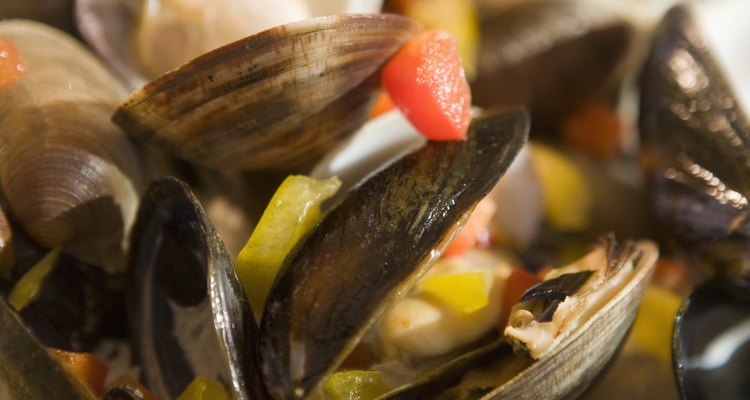
Digging into a plate of cooked clams, only to wind up with a gritty mouth full of sand, is a clear sign that the clams were not cleaned and soaked beforehand. Most clams contain sand from constantly siphoning sandy ocean water through their shells, as they live on the ocean floor. Soaking the clams in water before cooking helps them spit out or purge the sand inside their shell, a crucial step before you can enjoy them. The sand-free clams can be cooked anyway you prefer, including steamed on the stove, baked in the oven or cooked on the grill.
Step 1
Tap each uncooked clam whose shell is open gently against your countertop. Each one should close immediately upon the tapping. If any of the clams do not close back up, they are dead and should be discarded.
Step 2
Rinse each clam under running water and scrub the shell of dirt or grit with a stiff brush.
Step 3
Place the clams in a large bowl and cover them with cool water. Add about a gallon of water for every 2 pounds of clams you have, as well as 1/3 cup sea salt, which encourages the clams to spit out their sand.
Step 4
Let them soak for about 30 minutes, then remove the clams individually from the bowl and into a colander. Drain the water in the bowl and refill with fresh water, then add the clams back to soak for another 30 minutes. Repeat the process another two or three times, until the water is clear of sand and grit.
Step 5
Cook the clams as you wish, such as steaming them in white wine, grilling on a charcoal or gas grill or simmering in a flavorful sauce. The clams should be nearly free of sand if they have been soaked and purged properly.
Related Articles
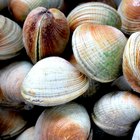
How to Steam Littleneck Clams

How to Steam a Quahog
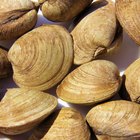
How to Cook Quahogs

How to Cook Mussels & Clams Together
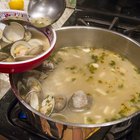
How to Cook a Pot of Steamers
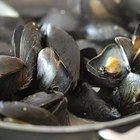
How to Clean Mussels With Cornmeal

How to Remove Sand From Live Clams
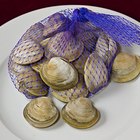
How to Purge Sand Out of Clams With ...

Can I Cook Oysters in the Shell in the ...

How to Cook Pismo Clams
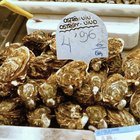
The Best Method to Store Fresh Oysters
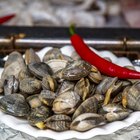
How to Cook Middle Neck Clams

How to Buy Clams
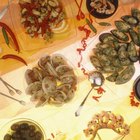
How to Clean Soft-Shell Clams (Steamers)
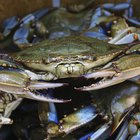
How to Cook Dead Crab
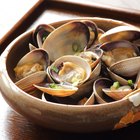
How to Cook Clams in the Shell
How Long Does It Take for ...
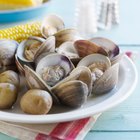
Types of Edible Clams

How to Boil Conch in the Shell
How to Freeze Sea Scallops
References
- The Fishes & Dishes Cookbook; Kiyo Marsh et al.,
- The Clever Cook's Kitchen; David Joachim
- The Kitchn: How To: Clean the Sand out of Clams
- Prince Edward Island: How to Purge (clean) Live Clams of Sand
Resources
Tips
- You can add about a tablespoon of cornmeal or baking soda to the water as the clams are soaking, which is believed to help purge the clams of their sand.
Writer Bio
Based in Los Angeles, Zora Hughes has been writing travel, parenting, cooking and relationship articles since 2010. Her work includes writing city profiles for Groupon. She also writes screenplays and won the S. Randolph Playwriting Award in 2004. She holds a Bachelor of Arts in television writing/producing and a Master of Arts Management in entertainment media management, both from Columbia College.
Photo Credits
Comstock Images/Stockbyte/Getty Images